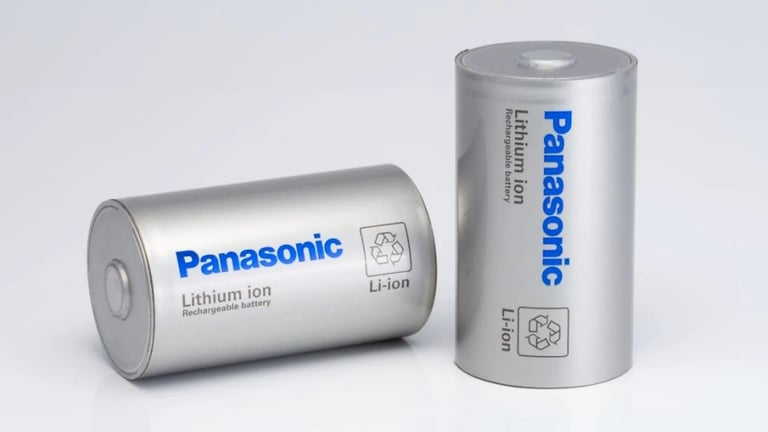Panasonic Unveils Revolutionary 4680 Battery to Transform Electric Vehicle Market
November 21, 2024
Panasonic has transformed its Wakayama plant in Japan to mass produce a groundbreaking battery cell known as the 4680, which is poised to revolutionize the electric vehicle (EV) market.
The 4680 cells are lighter and more compact, which could enhance the effective range of EVs by 16%, according to predictions made by Tesla.
With the introduction of the 4680 technology, Panasonic anticipates a reduction in production costs, which should lead to lower prices for EVs.
Tadanobu highlighted that this advancement in battery technology is the result of years of expertise in cylindrical lithium-ion battery manufacturing.
The 4680 cell is designed to meet a broader range of needs, thereby promoting EV adoption and contributing to a sustainable society.
This new battery cell is notably larger than its predecessor, the 2170, boasting five times the capacity and measuring 46mm in diameter by 80mm in length.
The expansion of battery production comes at a time when global EV sales surged to nearly 14 million in 2023, a significant increase from over 10 million in 2022, largely driven by incentives such as tax breaks in the U.S.
In the U.S., substantial tax incentives of up to $7,500 are available to encourage the purchase of EVs, making them more affordable for consumers.
Overall, the improved battery technology is expected to enhance EV performance, lower costs, and contribute positively to public health by reducing emissions.
Kazuo Tadanobu, CEO of Panasonic Energy, expressed confidence that the 4680 battery technology will significantly change the landscape of the battery and EV industry.
Panasonic aims to achieve 'virtually' zero carbon dioxide emissions at the Wakayama plant by utilizing solar and wind power, which will also help reduce air pollution.
The Wakayama facility will act as the 'mother' plant for 4680 production and will also serve as a testing ground for other battery technologies, with plans to employ around 400 workers by March 2024.
Summary based on 2 sources

